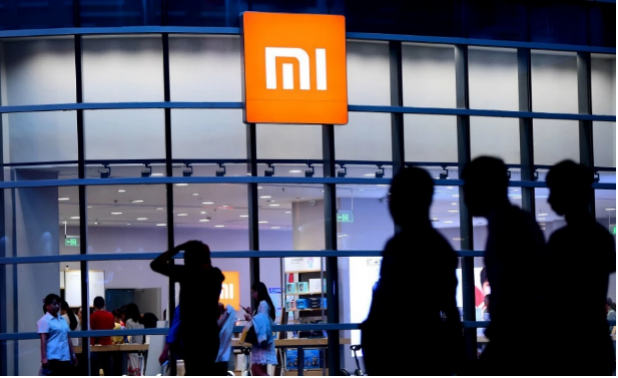*This article is reproduced from the autocarweekly official account.
Author: Finance Street Lao Li
Be optimistic about the future of Xiaomi’s auto business, and never underestimate the determination of successful people.
After much anticipation, on November 27th, the Beijing Economic-Technological Development Area signed a cooperation agreement with Xiaomi to locate the headquarters, sales headquarters, research and development headquarters, and a vehicle manufacturing plant with an annual capacity of 300,000 vehicles in the development area. As early as Xiaomi’s investor conference in October, Lei Jun announced that Xiaomi’s auto project will officially start production in the first half of 2024 and explained the three major advantages of Xiaomi’s car-making strategy: Xiaomi’s model, brand, and user and intelligent ecosystem.
The location of Xiaomi’s auto plant has finally been decided amidst industry speculation, but this is just one milestone in Xiaomi’s auto business development. From March to now, Xiaomi’s auto business has been gradually revealed with a “loose-then-tight” pace. Before August, Lei Jun had been conducting research all over the country. After Xiaomi’s auto company was registered in September, the company kicked off the acceleration mode.
As early as August of this year, Lao Li heard that the Beijing Development Area was in contact with Xiaomi and would provide the Beijing High-end Intelligent Ecological Factory to Xiaomi. Today, Lao Li will discuss with everyone why Xiaomi’s auto business has settled in the Beijing Economic-Technological Development Area, why Lei Jun has filled in the manufacturing capability in one shot, and why the future of Xiaomi’s auto business is bright.
Why is it the Beijing Economic-Technological Development Area?
Only by being honest and understanding with each other can companies and local governments get to know each other and come together.
Since the end of March this year when Xiaomi announced its foray into the auto market, there have been various rumors about the location of Xiaomi’s auto plant, including Beijing, Wuhan, Shanghai, Hefei, and many other places. However, none of these rumors were substantiated, and Xiaomi did not release any official information until November.
Regarding the site selection of Xiaomi’s auto plant, Lao Li’s view is: “An intelligent electric vehicle enterprise includes multiple phases such as headquarters, research and development, manufacturing, and sales. Xiaomi’s announcement this time indicates that it will establish a “Beijing-based, nationwide” system, and other regions will take over some of Xiaomi’s auto business functions, such as Shanghai contracting some research and development functions, and it is not ruled out that additional manufacturing bases will be set up in Wuhan, Shunyi, and other places.”
Although rumors were circulating in the industry about Xiaomi’s auto research and development center being located in Shanghai and the manufacturing base being located in Wuhan, “it was to be expected that the main office of Xiaomi’s auto business would be located in Beijing,” as many friends believed. Xiaomi’s headquarters is located in Beijing, which makes it easier to attract internet, automotive, artificial intelligence, and other related talents, which is the foundation for the development of an auto enterprise. However, few people would have thought that the location of Xiaomi’s auto plant would be in the Economic-Technological Development Area, not in Haidian or Shunyi.
In hindsight, this is how Lao Li views this matter:# First, there is a cooperation basis between Beijing Economic-Technological Development Area and Xiaomi. As early as 2019, Xiaomi’s first mobile phone factory settled in the Economic-Technological Development Area. Today, there is Xiaomi’s mobile phone industry park in Yizhuang, which is Xiaomi’s first mobile phone factory in history and has milestone significance. As an organization directly under the Beijing Municipal Government, the policies of the Economic-Technological Development Area are the same as those of Zhongguancun. In addition, compared with the overcrowded Zhongguancun, there are a large number of office buildings and industrial plots available to Xiaomi in the Economic-Technological Development Area.
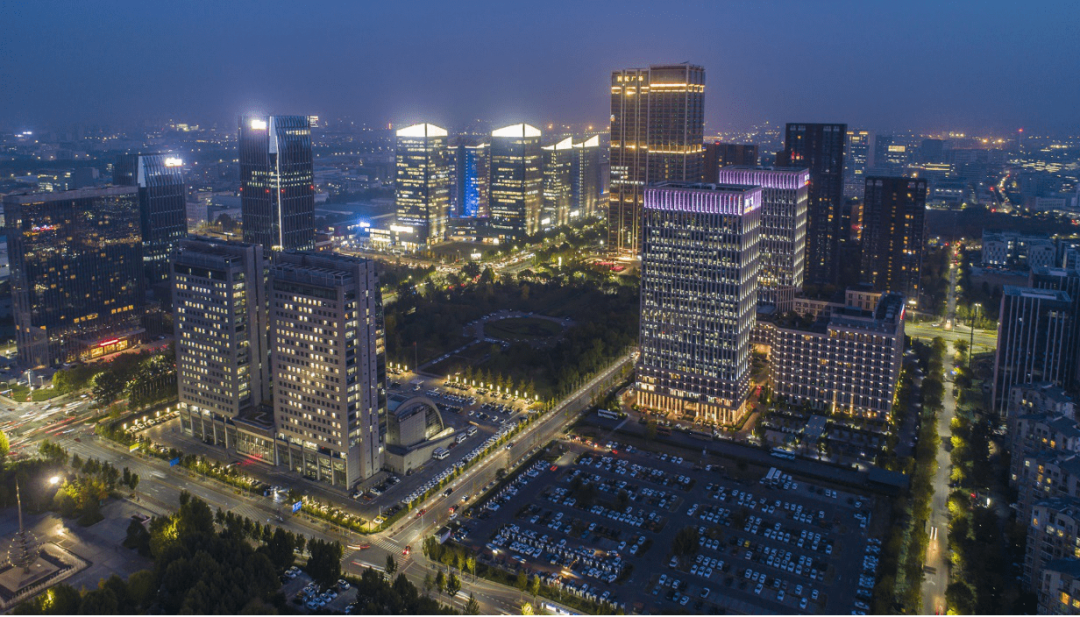
Second, Beijing Economic-Technological Development Area has the largest pan-automobile industry cluster in China. Since the development of “New Four Modernizations”, the significance of the automobile cluster has changed: the so-called pan-automobile cluster includes traditional automobile industry chains, mobile communication industry chains, integrated circuit industry chains, and related software talent systems.
From the perspective of the pan-automobile industry cluster, the Economic-Technological Development Area is the best place for Xiaomi to settle down, although it lacks advantages in the traditional automobile industry chain. The Economic-Technological Development Area has an automobile industry cluster led by BAIC and Mercedes-Benz, an automobile equipment manufacturing industry cluster led by ABB, a display industry cluster led by BOE, and an integrated circuit industry cluster led by SMIC. These industry clusters are the foundation for the development of the next-generation automobiles.
In addition, Beijing Economic-Technological Development Area also has an autonomous driving test area, and it is relatively easy for Internet companies represented by JD and a large number of automobile industry institutions to recruit talents.
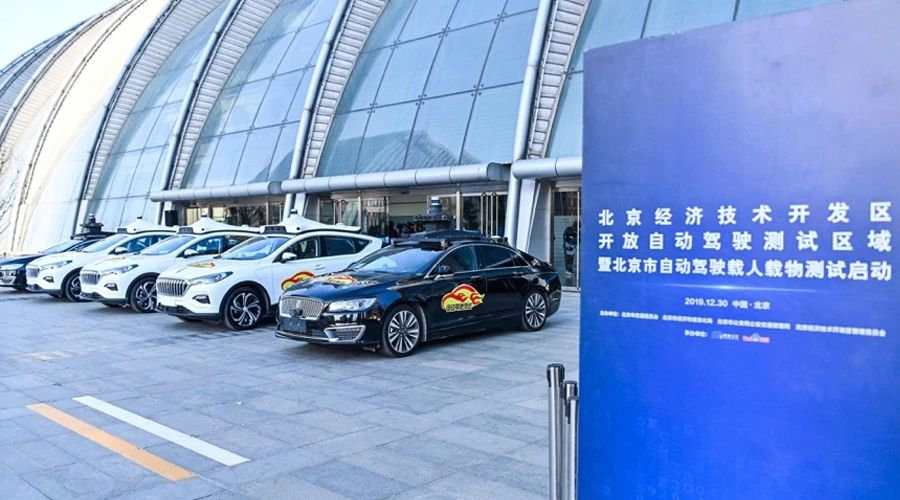
Beijing Economic-Technological Development Area also demonstrated its attention to Xiaomi’s auto business, announcing publicly that it will leverage the advantages of the “chain leader” model of Xiaomi’s auto project to promote the agglomeration and integration of core components of intelligent connected cars, vehicle-grade chips, in-car computing platforms, and vehicle control operating systems in the Economic-Technological Development Area, and drive industrial coordination in the Beijing-Tianjin-Hebei region. It can be seen that the Economic-Technological Development Area positions Xiaomi’s auto business as a strategic enterprise integrating industry clusters, rather than a leading company in a single industry cluster.
Third, the Economic-Technological Development Area has prepared land. In 2020, the Economic-Technological Development Area took over the construction of the former BAIC Blue Valley high-end intelligent ecological factory, which is located east of the Beijing Benz MFA plant. A high-end factory should be used by a high-end manufacturing enterprise, and we’re looking forward to seeing it.
Has the “Supply Chain Plan” been completed all at once?In March, when Xiaomi announced its entry into the automotive field, many industry analysts gathered to discuss what kind of strategy Lei Jun would bring to Xiaomi’s new venture. In the past few months, regarding Xiaomi’s automotive business, Mr. Li has clearly felt the difference in perspectives between the industry and the capital markets. “Industry insiders are mostly discussing the business of car manufacturing when talking about Xiaomi’s cars, while our friends in the capital markets like to talk about Lei Jun himself.” Lei Jun, as researchers have discovered, has always had an unconventional approach, which is also the case with car manufacturing.
During the Jinshan era, Lei Jun was always involved in software. During the Xiaomi era, he moved into the Internet, software, and then hardware, followed by manufacturing. In just a few months since the launch of Xiaomi’s automotive business, Lei Jun has gone all-in on all aspects, especially on production, where he is least experienced, and Xiaomi’s cars keep rolling out.
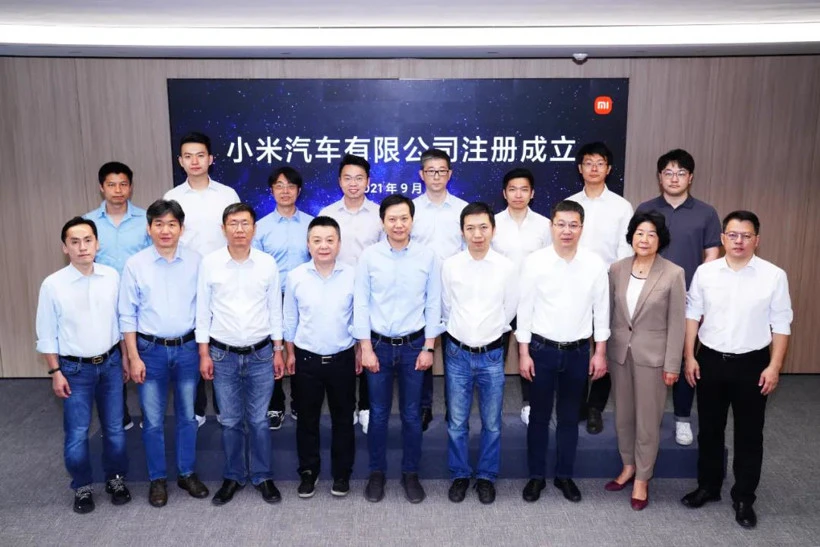
Recently, Mr. Li has been studying Xiaomi’s history of development, “Onward” and Jinshan’s transformation history, “The Everlasting Life.” He has also had discussions with Xiaomi CVC; he thinks the reason why Xiaomi’s automotive business has completed all the production processes at once is related to the “shortcomings of Xiaomi’s phone manufacturing” and the “special nature of the smart electric car industry.”
Since its establishment in 2010, Xiaomi has been operating under a “light asset” business model in which it outsources production. Generally, in the early stages of industry development, the external competitive environment is good, and the “light asset” outsourcing model can reduce costs. Companies can select the best quality and most efficient manufacturers for outsourcing. However, as industry competition intensifies, high-quality production capacity within the industry becomes scarce, and the problems with the outsourcing model become more apparent. These include “frequent stockouts and supply chain disruptions, leakage of confidential information, and difficulty in monitoring quality, as well as the inability to keep up with the development speed of new products.”
This rule applies to any industry, and the accumulation of these three major problems can lead to a company’s fatal crisis, such as the performance crisis caused by stockouts that Xiaomi faced in 2015. Therefore, smartphone companies, including Huawei and Oppo, have established their own production lines. The automotive industry is no exception. After exploring the outsourcing model in the early stages, Nio, XPeng, and other carmakers have successively established their manufacturing bases.
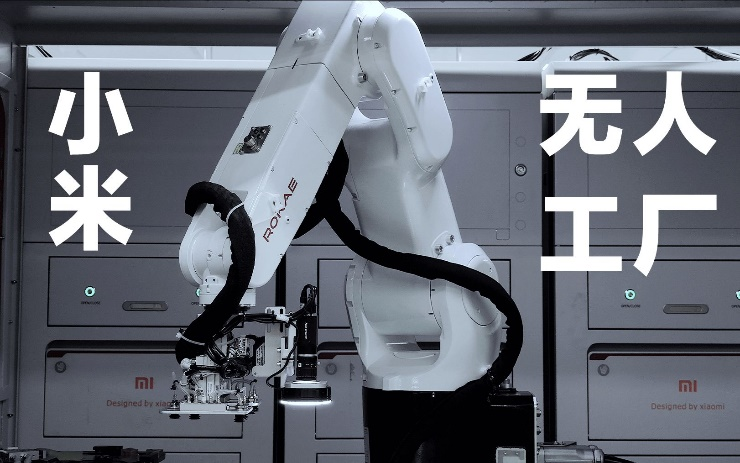
The smart electric car industry has its unique characteristics, as Lei Jun mentioned: “Electric vehicles have now transformed from a mechanical industry to an information industry. With so many of our peers already doing it, if Xiaomi doesn’t, it will be eliminated.” In addition, Xiaomi has a comprehensive smart ecosystem that includes smartphones, smart homes, and smart offices. Integrating electric cars into this vast industrial ecology would have tremendous expansion potential.
“In such a huge industry ecosystem, Xiaomi’s automotive business is eager to build its own production system.” Mr. Li believes that the reasons for this are threefold:One, Xiaomi’s first product has a high level of electrification and intelligence, and the existing “OEM” production lines find it difficult to undertake relevant processes. For example, although NIO is an “OEM”, the Hefei factory is built from scratch. Even if Xiaomi finds an OEM, it must invest heavily in upgrading the production line.
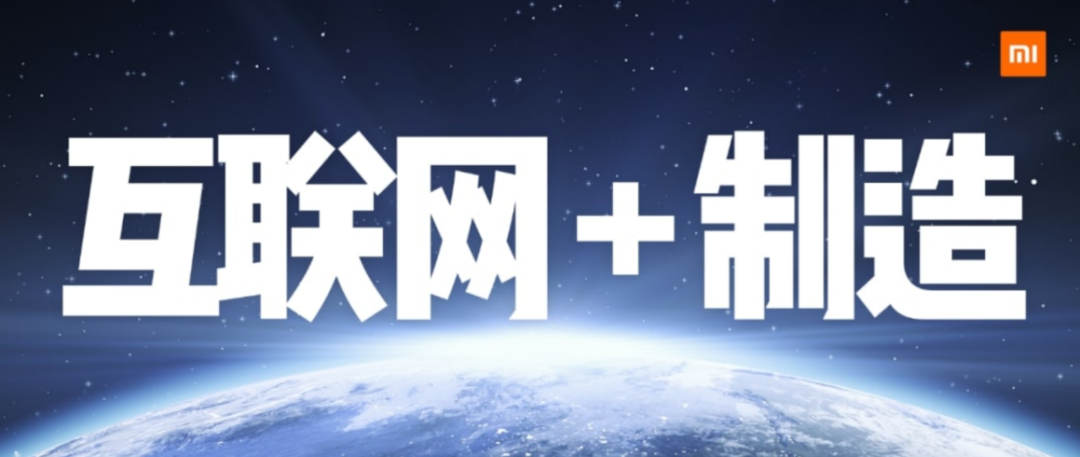
Two, Xiaomi’s delivery speed is fast, and many capital market friends predict that it will reach a sales volume of 300,000 within three years of listing. Note that a sales volume of 300,000 is not a production capacity level that an OEM factory can achieve in the automotive industry. None of the current new car-making forces(startups) can achieve a production capacity of 300,000. The difficulty of its production capacity improvement can be imagined. Xiaomi must lay out the manufacturing link.
Three, there is a qualification issue. There was once a rumor in the industry that Xiaomi Automotive acquired Baowo to obtain qualifications. Although qualifications are important, they are not fatal, especially for top companies like Xiaomi. As long as they follow the rules of manufacturing industry(building their own manufacturing and supply chain system), policies are not a problem.
Never underestimate those who have succeeded before
Xiaomi’s every move is closely related to Lei Jun. Understanding Lei Jun may help better understand Xiaomi. In primary market, there is a saying that investment is crucial to look at people. Top people can turn third-rate business into top ones, while third-rate people can only turn first-rate business into third-rate ones. This law is shown vividly in the intelligent electric vehicle industry: whether it is Tesla or “Wei Xiaoli,” its founders have both succeeded twice. If viewed from the standpoint of the capital industry, Lei Jun’s status and influence far exceed that of others. Whenever they see this kind of entrepreneur, investors choose to believe that no one can succeed if this group of people fail to start a business.
Many people talk about Lei Jun’s innovation of Xiaomi as unstoppable, but I think the most important thing is his original aspiration. Why did Lei Jun start Xiaomi ten years ago? The original aspiration was to make phones and national brands with the Internet, hope to make the best phones globally, sold at half the price of their counterparts and can take care of every consumer globally. It’s the same for Xiaomi Automotive today.

Under this original aspiration, what is Xiaomi’s strategy? Xiaomi’s development strategy is a textbook for entrepreneurial enterprises, which teaches everyone how to make products to the extreme with existing resources and how to use internet, software, and hardware thinking to create new experiences. Therefore, when the bigwigs start a new company again, everything will fall into place. This is an opportunity for investors. Facing Xiaomi Automotive, we can only trust it.If entrepreneurship is a “downwind” race, then reform is an “upwind” race, and Lei Jun is one of the few entrepreneurs who have won in both downwind and upwind situations. During the same period of Xiaomi’s entrepreneurship, Lei Jun’s handcrafted Kingsoft was in trouble. Out of his love for Kingsoft and his concern for its fate, Lei Jun chose to return and fought on two fronts. While starting Xiaomi, he reformed Kingsoft.
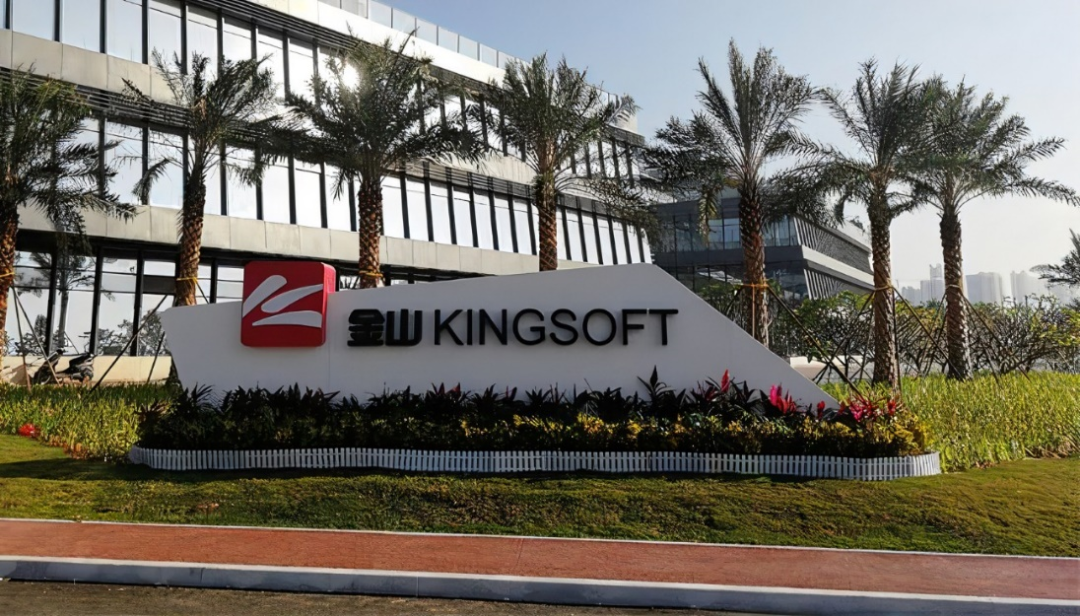
Lei Jun’s return to Kingsoft is a story of a traditional company breaking away from path dependence and changing its existing genes. It is also a story about how enterprises can evolve and implement management reforms. By 2010, Kingsoft had already been marginalized by the market. For a traditional general software company that had been established for more than 20 years, it was almost impossible to catch up with the trend of mobile Internet and embrace new business models. However, Lei Jun achieved it: he carried out radical reforms and launched a five-step strategy that included closing and transforming, package production, releasing the resources, renewing with new ideas, and building a new team. He pulled Kingsoft out of the abyss step by step.
When Xiaomi announced that it was going to build cars, partners often talked about Lei Jun’s entrepreneurial story. Lei Jun is not only an entrepreneur, but also an investor. Partners are also entrepreneurs and investors, but their level is far below Lei Jun’s. Therefore, whenever it comes to key points in enterprise development, partners often say this sentence: “Facing a successful person like Lei Jun, believing in the power of ‘believing’ is the wisest choice.”
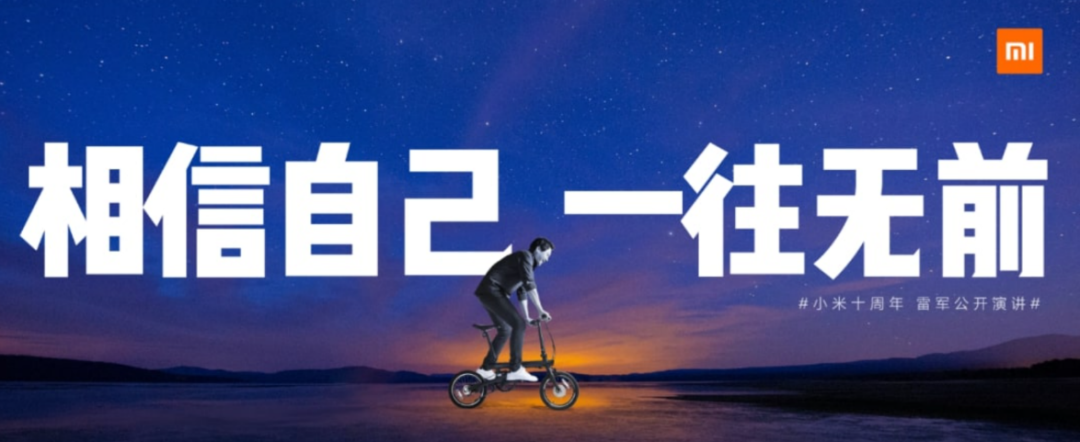
In the era of mass entrepreneurship and innovation, we have experienced too much “moving forward”. However, Lao Li prefers “continuous progress”. In the book “Endless Vitality of Kingsoft’s Transformation”, there is a passage that Lao Li dedicates to everyone. It is applicable to all entrepreneurs and is expected to inspire our work and life:
The Book of Changes says, “Life creates life,” which means continuous creation, regeneration, innovation and transformation, and it is the origin of all things. Extended to enterprises, “endless vitality” is the precise composite of “evolution, transformation, restructuring and renewal”. It is a perfect interpretation of Lei Jun’s philosophy of “Tao”, “method” and “art”, which contains infinite possibilities that cross everything. Countless entrepreneurs and managers are exploring the password for lasting prosperity of enterprises. This password may be hidden in the profound connotation of “endless vitality”.
This article is a translation by ChatGPT of a Chinese report from 42HOW. If you have any questions about it, please email bd@42how.com.
